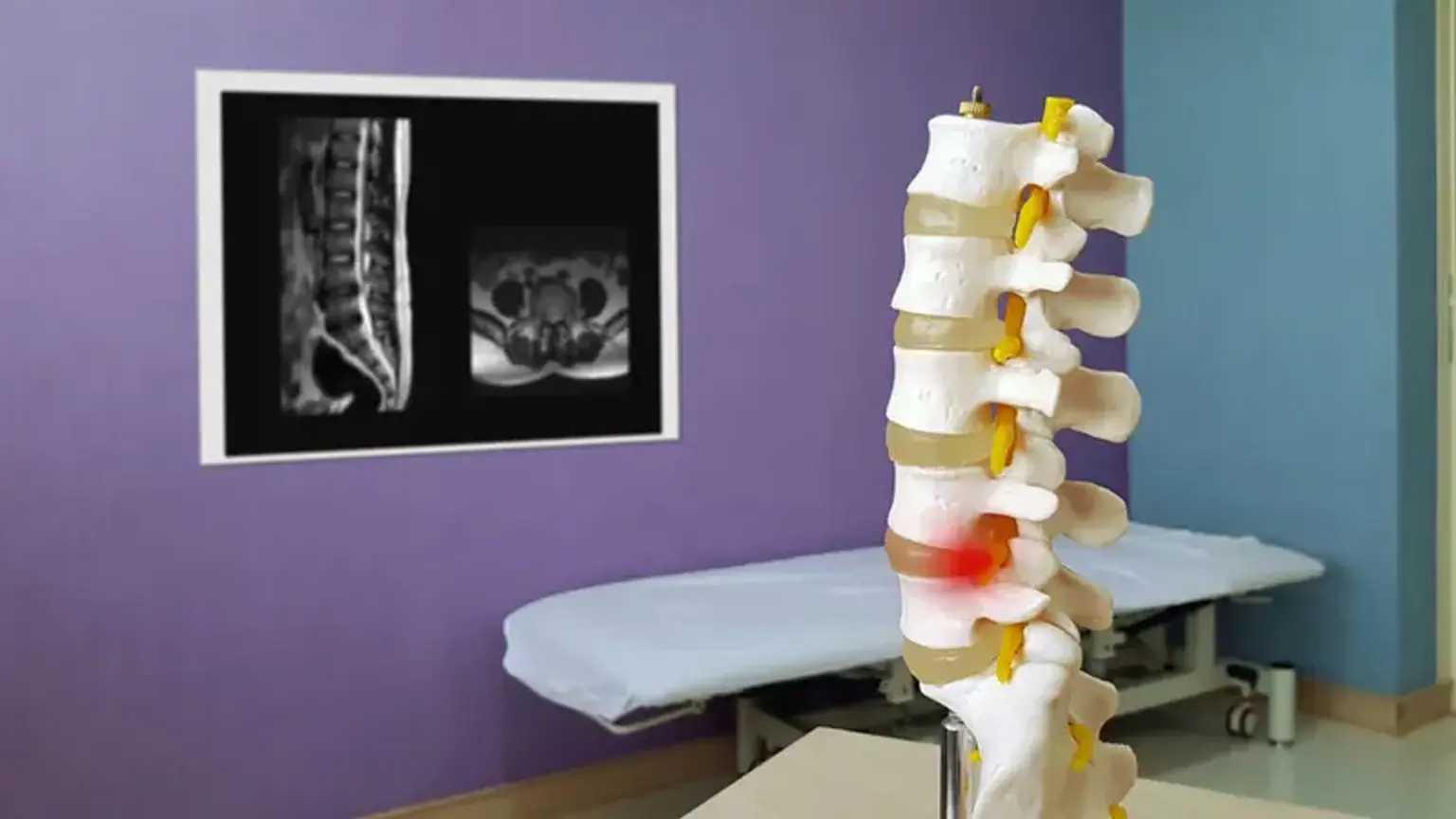Endoscopic Epidural Neuroplasty
Along with surgical procedures and other modalities, interventional techniques in the management of low back pain, such as spinal endoscopy and epidural neuroplasty, remain to be some of the more controversial ones. Low back pain is the most prevalent chronic painful condition, affecting 20 to 40% of the population and having significant economic and social consequences. Apparently, among musculoskeletal conditions, low back pain comes in first. Numerous studies have shown proof to the contrary of the generally held belief that most episodes of low back pain are transient and that 90% of patients recover in around 6 weeks. According to studies, up to 80% of individuals still experience chronic or recurrent low back pain after a year.
Low back pain is primarily caused by disc and joint disorders, but failed low back surgery syndrome, also known as failed management syndrome or postlumbar laminectomy syndrome, is a growing medical condition. It is estimated that 10 to 40 percent of lumbar surgical interventions result in failed back surgery syndrome, with failure rates as high as 67 percent, according to surprising statistics. Although these frequently follow surgery that was inadequate, inappropriate, or unnecessary, this condition can also occur after a surgical operation that was properly indicated and carried out.
The idea behind endoscopic epidural neuroplasty is that flexible fiberoptic catheters inserted through the sacral hiatus can securely access the epidural area. It enables a three-dimensional view of the epidural space's contents and gives the operator the power to direct the catheter toward certain structures. Through this method, it is possible to examine a particular nerve root's pathology, cure it by injecting a medication straight into the root, and widen the epidural space with normal saline.
